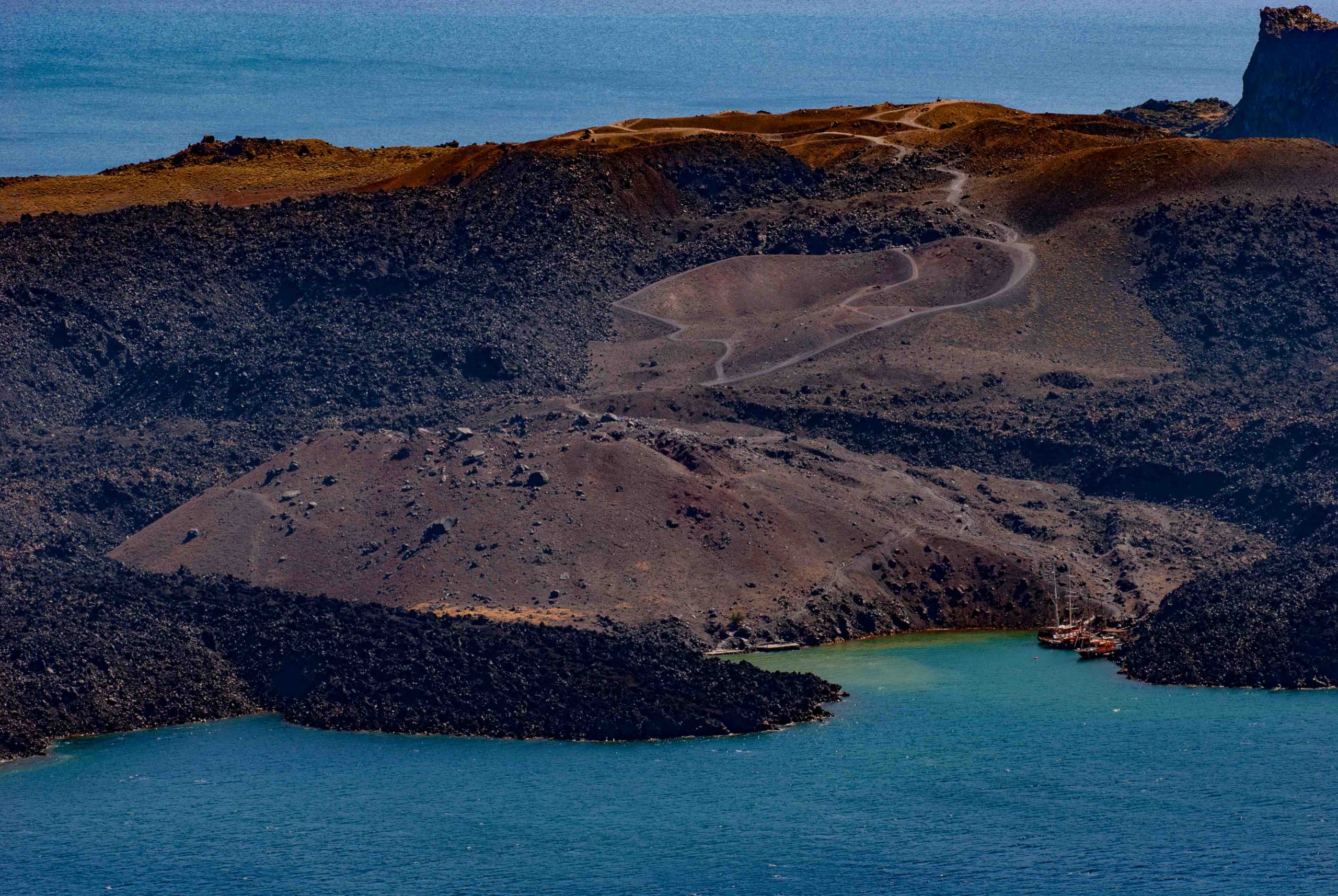Members of the international IODP expedition “Hellenic Arc Volcanic Field” this week presented evidence of one of the largest eruptions ever recorded in the southern Aegean Arc, near the iconic island of Santorini (Thira).
According to a paper published this week in the journal Communications Earth and Environment, researchers of the Geomar Helmholtz Centre for Ocean Research in Kiel describe “a newly discovered giant pumice deposit sampled from the seafloor at seven coastal sites around the island of Santorini. It shows that the Christiana-Santorini-Kolumbo volcanic field was much more explosive in the distant past than previously thought.”
The research is being conducted with the assistance of the massive US drilling vessel “Joides Resolution”, and is co-led by volcanologist Dr. Steffen Kutterolf.
According to Germany’s federal ministry of education and research, the volcanic field in the Greek Aegean consists of a 60-kilometre chain of more than 20 volcanoes, most of which are underwater. It is considered particularly dangerous because the volcanoes there have a history of eruptions, some of which have been highly explosive.
“For example, the Late Bronze Age eruption of Santorini around 3,600 years ago probably triggered the downfall of the Minoan civilisation on Crete – an important event for both volcanology and archaeology,” according to Dr. Kutterolf, who co-led the expedition along with Dr. Timothy Druitt from the University of Clermont-Auvergne.
The international team of scientists discovered a new deposit around the island, indicating a much larger submarine eruption around 520,000 years ago.



